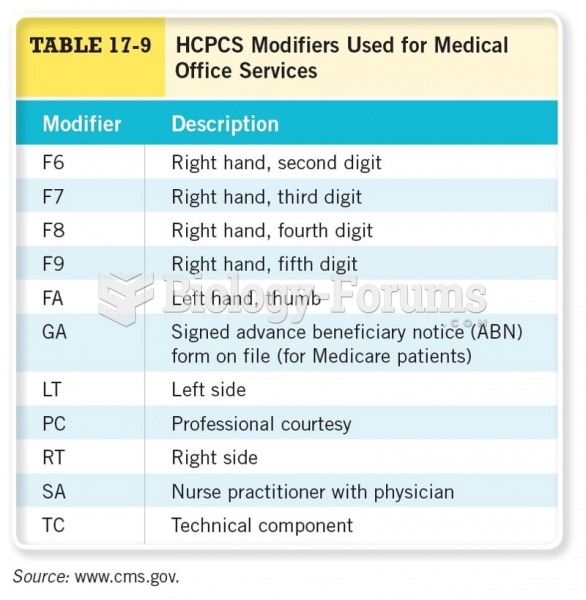|
|
|
Did you know?
Lower drug doses for elderly patients should be used first, with titrations of the dose as tolerated to prevent unwanted drug-related pharmacodynamic effects.
Did you know?
In 1835 it was discovered that a disease of silkworms known as muscardine could be transferred from one silkworm to another, and was caused by a fungus.
Did you know?
Approximately 500,000 babies are born each year in the United States to teenage mothers.
Did you know?
Vaccines prevent between 2.5 and 4 million deaths every year.
Did you know?
The immune system needs 9.5 hours of sleep in total darkness to recharge completely.







